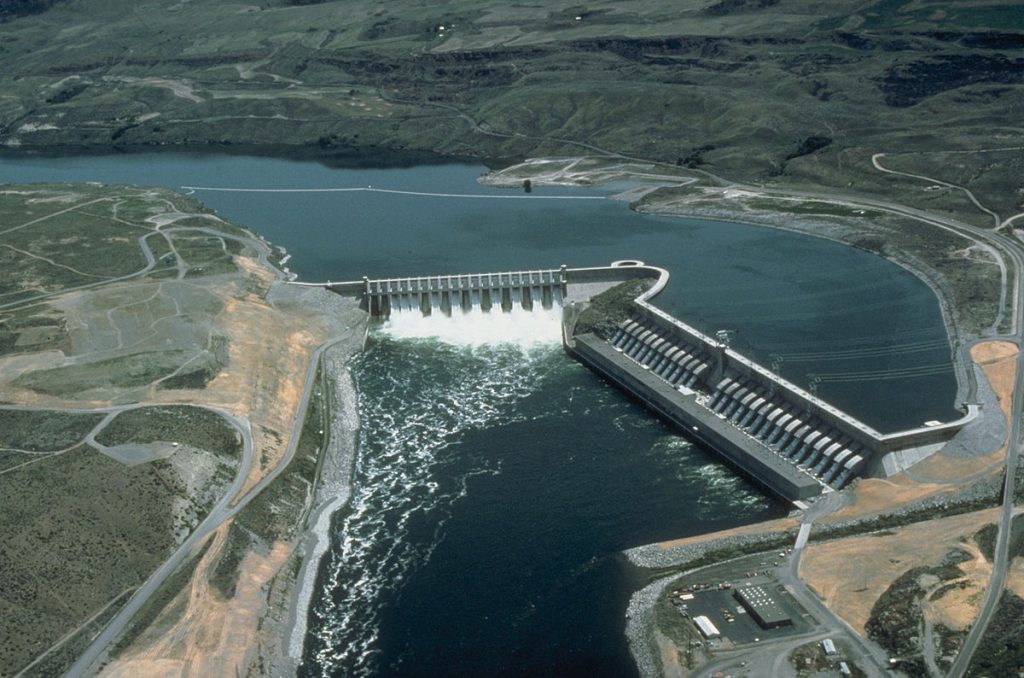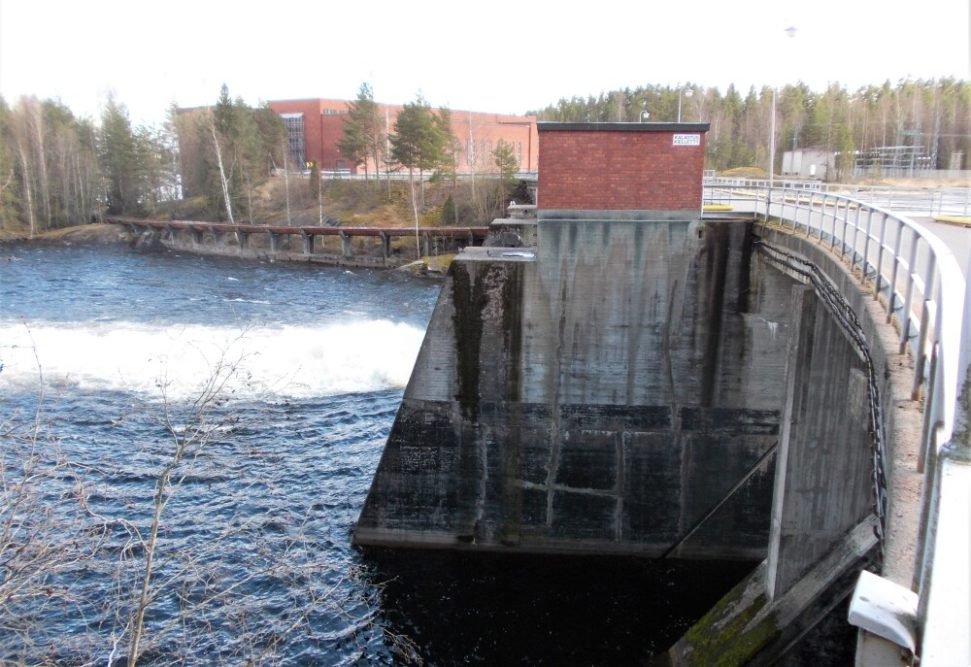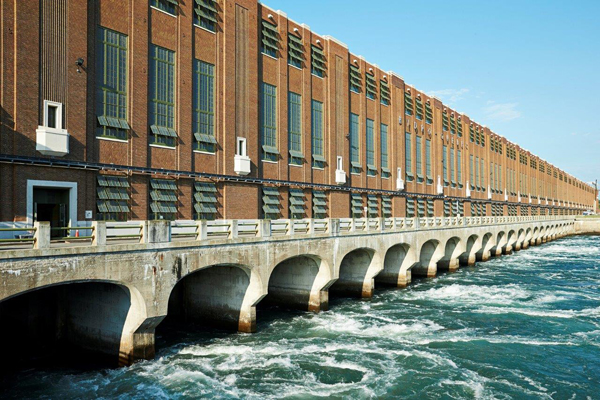Run-of-River Installations
Welcome to the world of Hydropower! This will guide you through Run-of-River installations and Tidal Power Stations. Get ready to embark on your hydropower learning journey!

Workshop Plan
Tutor’s Booklet: Run-of-River Installations Workshop
Workshop Presentation
Welcome Abroad
Welcome to the Run-of-River Installations Topic
Introductory Video
Discover insightful explanations and demonstrations in the following video.
Topic Orientation
Insightful Visuals
Informative Visuals of Run-of-River Installations.
Case Studies
Chief Joseph Dam, Washington, USA
Chief Joseph Dam is a major run-of-the-river hydroelectric power station located near Bridgeport, Washington. It is an example of a run-of-the-river installation without a sizeable reservoir. With a capacity of 2,620 megawatts (3,510,000 hp), it is one of the largest run-of-the-river projects in the United States.

Mankala Power Station, Finland
The Mankala Power Station is a run-of-the-river hydroelectric plant situated along the Kymi River in Iitti, Finland. It harnesses the flow of the river to generate electricity without the need for significant water storage. This project demonstrates the suitability of run-of-the-river installations for rivers regulated by a lake or reservoir upstream.

Beauharnois Hydroelectric Generating Station, Quebec, Canada
The Beauharnois Hydroelectric Generating Station is a run-of-the-river project located in Quebec, Canada. With a capacity of 1,903 megawatts (2,552,000 hp), it is one of the largest run-of-the-river installations in the world. This project showcases the potential scale and generating capacity of run-of-the-river hydroelectricity.

Software Application
Step 1: Efficiency of Turbine (η)

The efficiency of the turbine (η) measures how effectively it converts the kinetic energy of flowing water into electricity. It depends on various factors, including the brand, size, and condition of the turbine. Choose values that match your specific turbine characteristics.
Step 2: Density of Water (ρ)

The density of water (ρ) plays a crucial role in hydropower. It changes with temperature and salinity. Cold water tends to be denser, while higher salinity reduces density. Choose values that match your project site’s conditions.
Step 3: Flow Velocity (v)

The flow velocity (v) of the water determines the kinetic energy available for generating hydropower. It’s influenced by factors like water slope, channel bed roughness, channel material, channel morphology, and wind conditions. Choose values that represent your specific conditions.
Step 4: Discharge (Q)

Discharge (Q) represents the water flow rate through the turbine. It relies on the channel’s length, width, depth, and the conditions affecting flow velocity. Carefully select values to accurately assess your project’s potential.
Step 5: Power Output

Click the button to compute the power output (P) of your hydropower system based on the parameters you’ve selected in the previous steps. The result will be displayed here.
Flip The Cards
Matching Words
Match the terms with their definitions!
- is a hydropower system that harnesses the natural flow of a river to generate electricity.
- is a device that converts the kinetic energy of flowing water into mechanical energy.
- converts the mechanical energy from the turbine into electrical energy.
- converts the DC electricity produced by the generator into usable AC electricity.
Good Job !
There are still unanswered questions!
Smooth Quiz
Pyrolysis Quiz
What is the process by which biomass is converted into energy?
What is the primary material used in the production of biomass energy?




